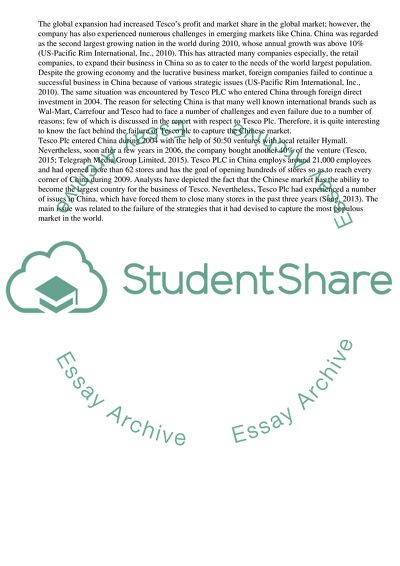Cite this document
(“International Business Management ( Final Project) Assignment”, n.d.)
Retrieved from https://studentshare.org/business/1697031-international-business-management-final-project
Retrieved from https://studentshare.org/business/1697031-international-business-management-final-project
(International Business Management ( Final Project) Assignment)
https://studentshare.org/business/1697031-international-business-management-final-project.
https://studentshare.org/business/1697031-international-business-management-final-project.
“International Business Management ( Final Project) Assignment”, n.d. https://studentshare.org/business/1697031-international-business-management-final-project.


